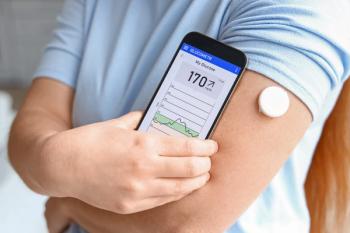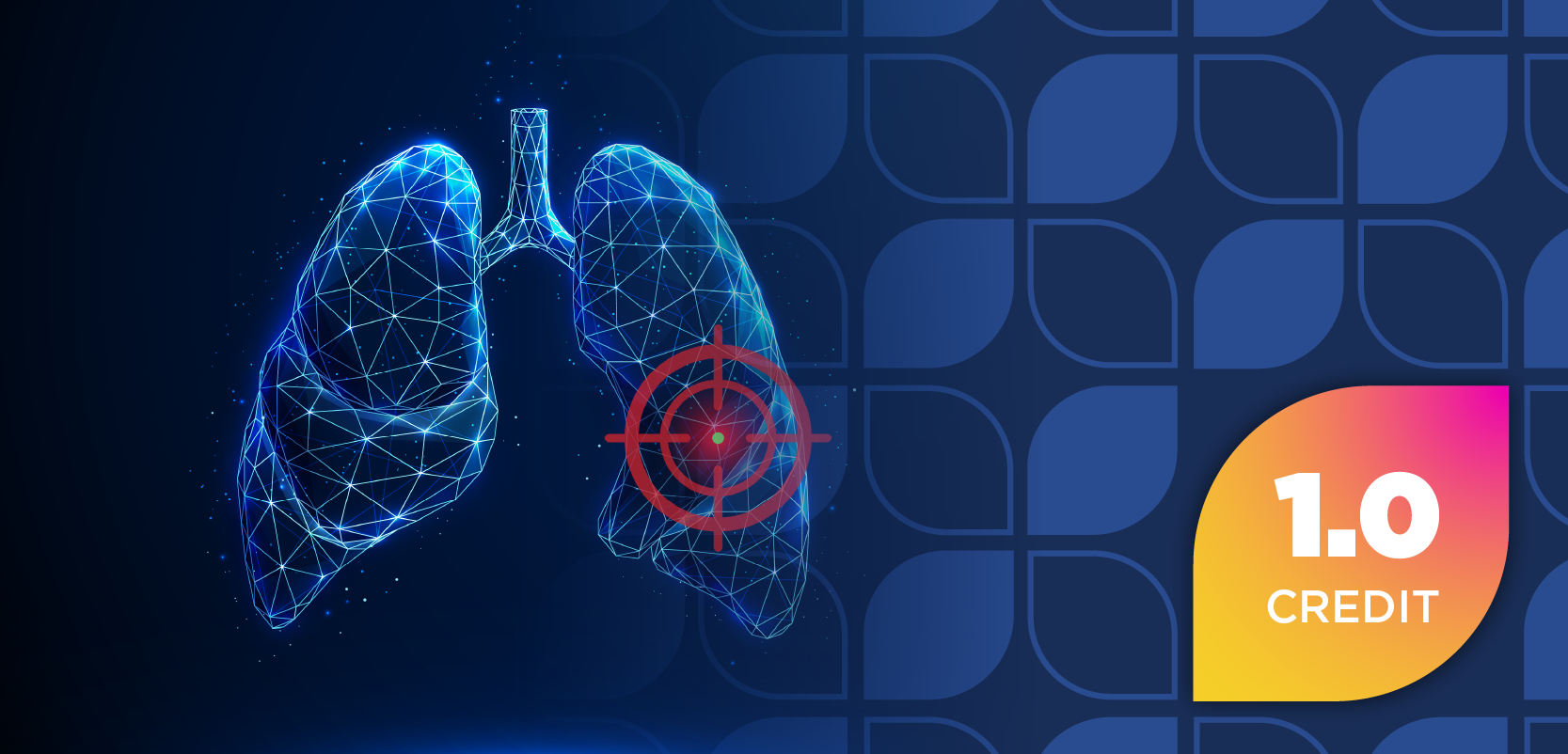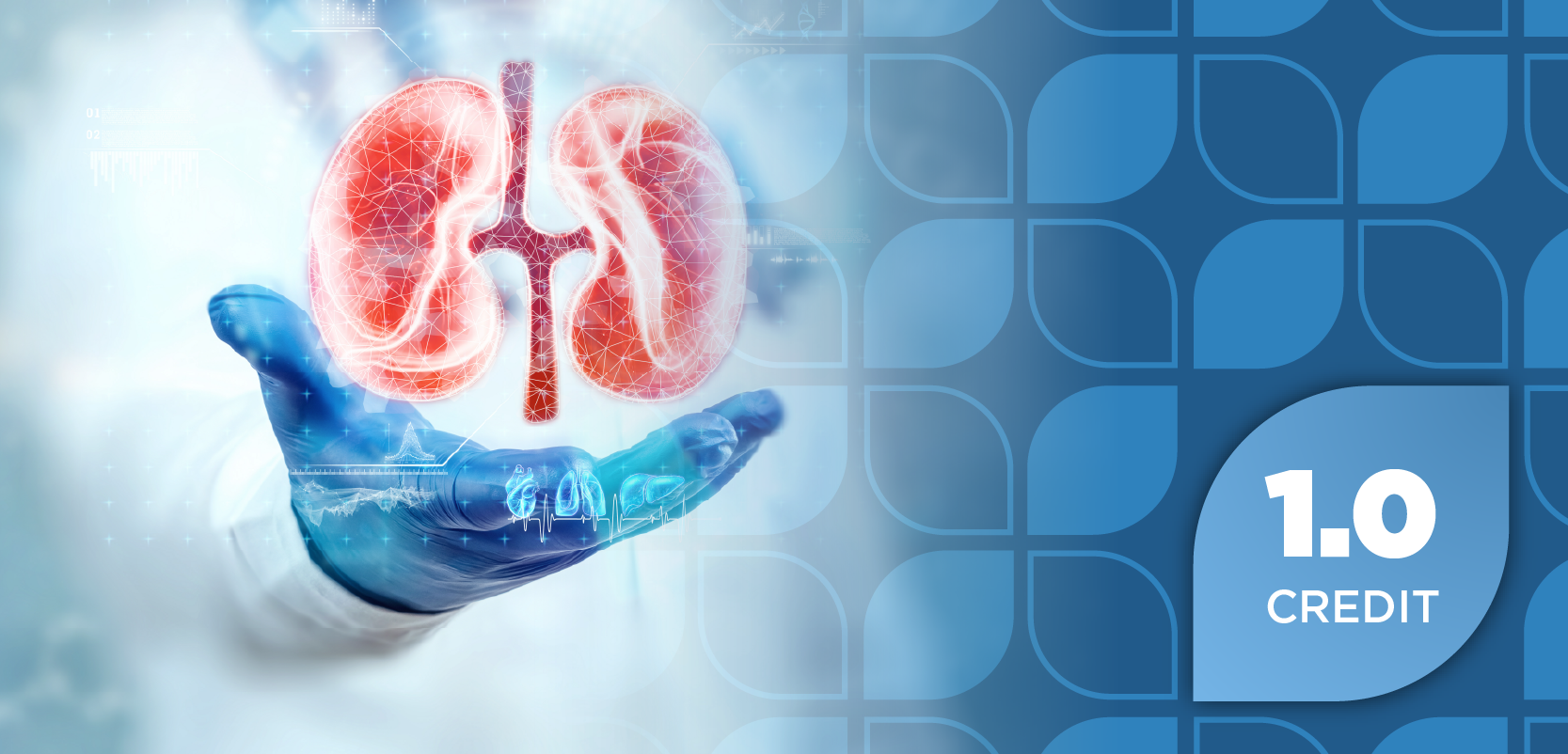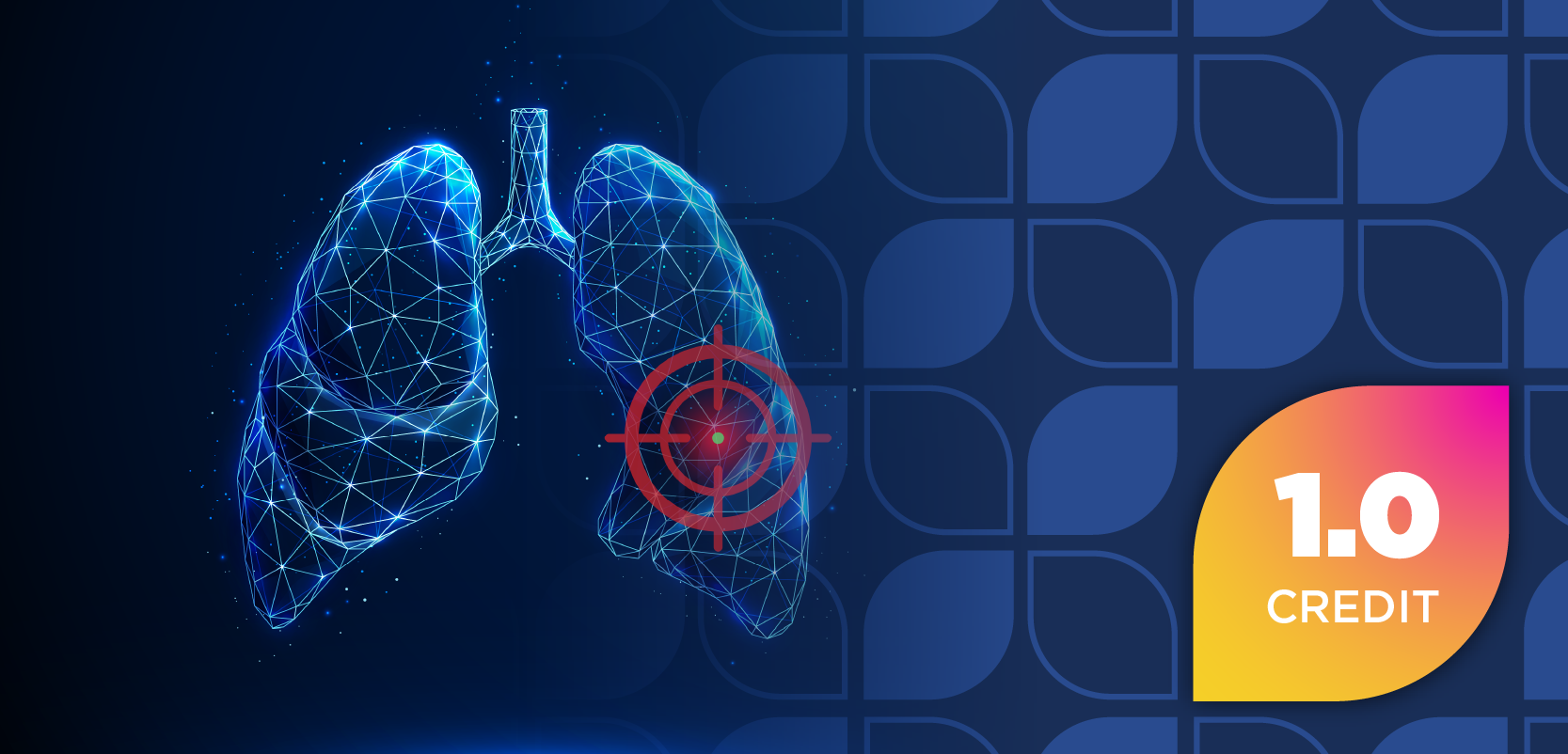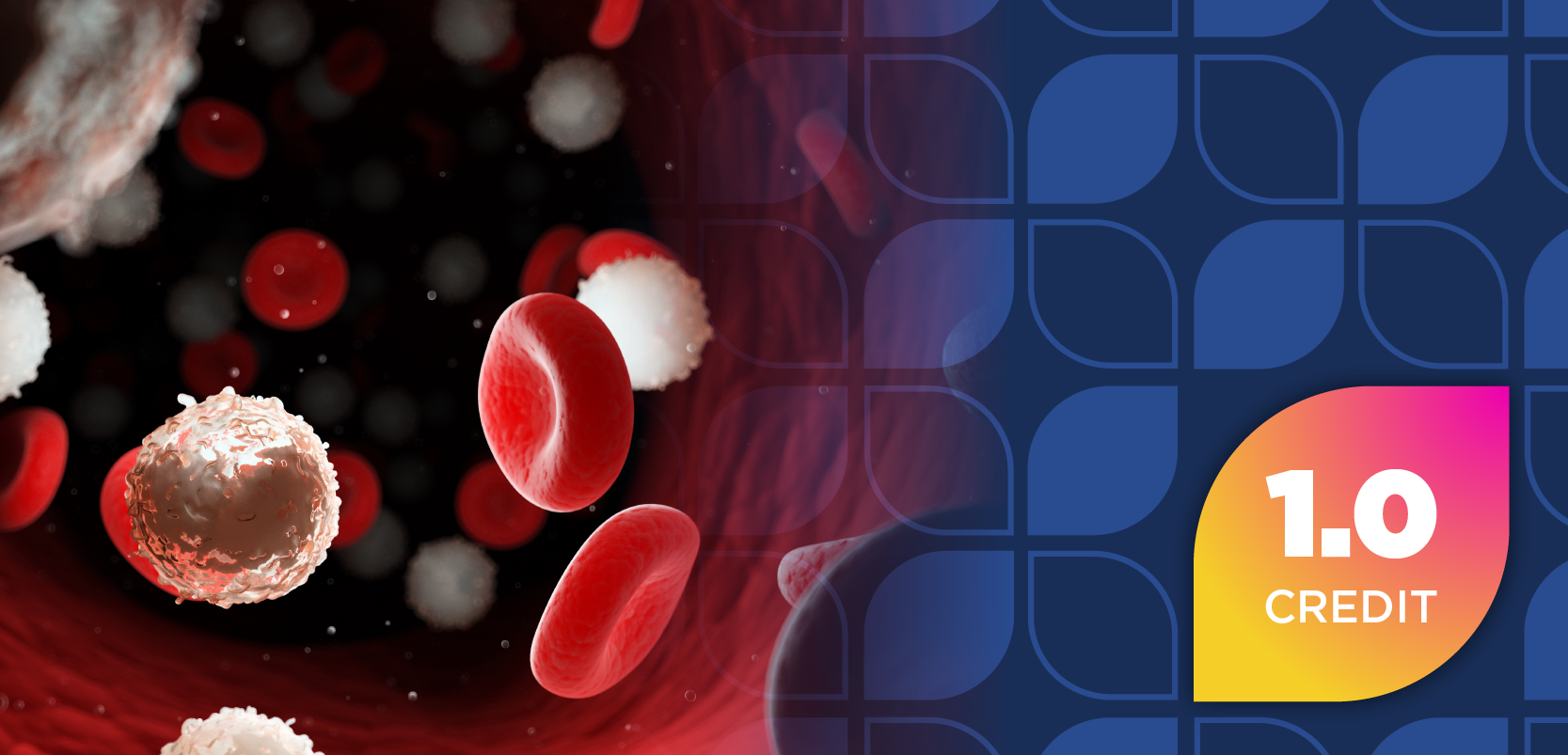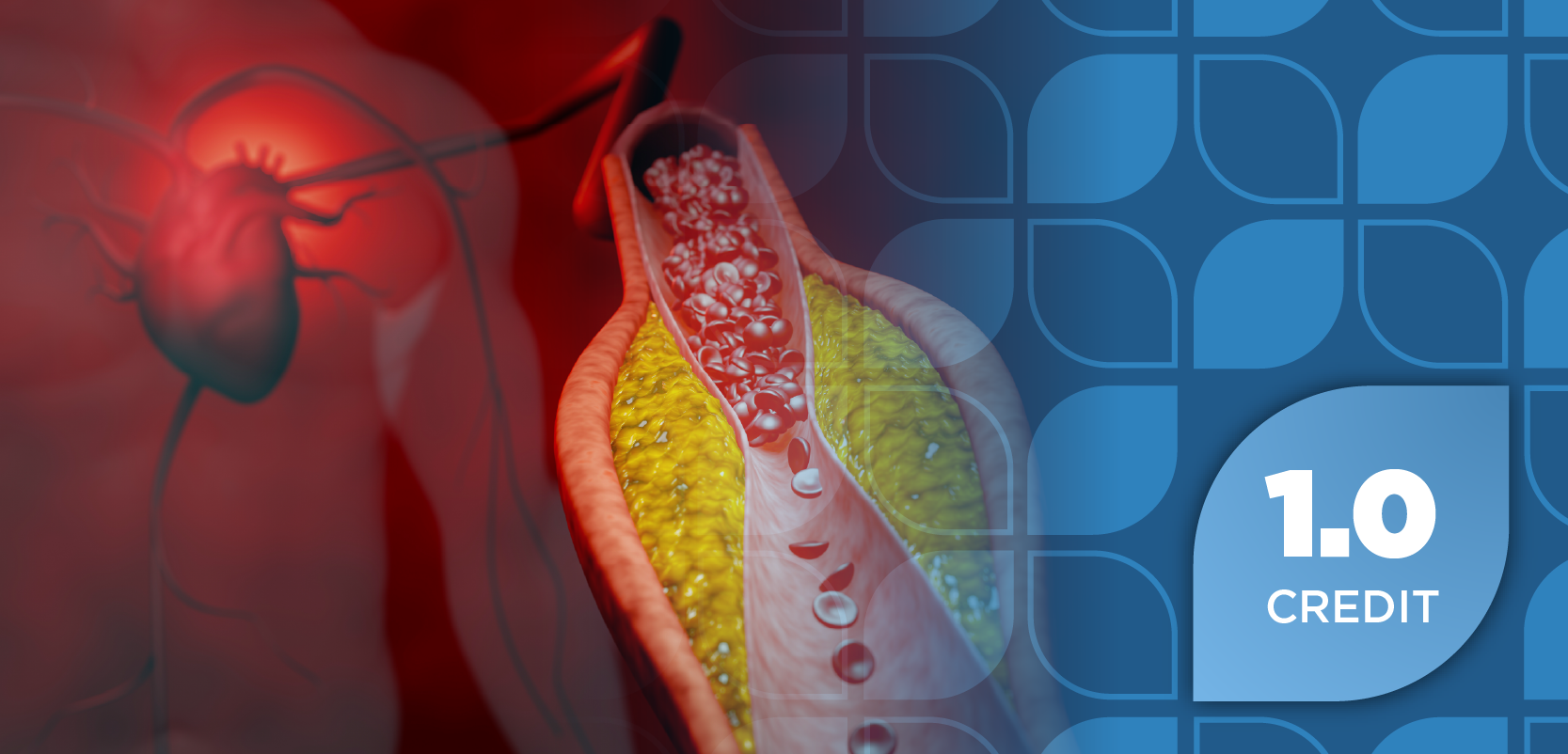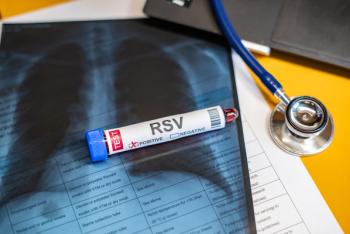
Differentiating Inhaled Delivery Systems for COPD Drugs
Respiratory diseases afflict a large portion of the global population and result in significant disease burden.
Respiratory diseases afflict a large portion of the global population and result in significant disease burden. As a result, the pharmaceutical industry has a keen interest in developing increasingly effective therapies for respiratory symptom control.
Each one of the many available respiratory drug delivery systems has unique characteristics that dictate the ideal properties of the medications it may be paired with. There are no well-recognized guidelines to help clinicians select the best device, nor are there regulatory preferences for choosing one system over another.
An article published ahead of print in Expert Opinion on Drug Delivery discusses some factors clinicians should consider when selecting a system. It also informs pharmacists about current concerns and future possibilities.
Low manufacturing costs and subsequent affordability for patients make propellant-based metered-dose inhalers (pMDIs) the most popular rescue medication device worldwide. In pMDI canisters, liquefied compressed gas actuates a valve to deliver controlled drug doses.
Despite abundant product familiarity, studies demonstrate that many patients use pMDIs incorrectly, and poor actuation-inhalation synchronization is largely to blame. Pharmacists should note that strategies such as the addition of breath actuation mechanisms or valved holding chambers could overcome this issue, yet increase cost to consumers. At the very least, pharmacists should stress actuation-inhalation synchronization with all patients.
Together, pMDIs and dry powder inhalers (DPIs) deliver more than 90% of inhaled medications. As its name indicates, a DPI delivers powdered medication with or without excipient on inhalation.
Because dispersion of the powder to a respirable size relies heavily upon the patients’ inspiratory effort, DPIs may be inappropriate for patients who have difficulty generating sufficient inspiratory flows, such as the young, the elderly, or those with severe respiratory disease. Nebulizers, which account for a majority of the remaining 10% of inhaled medication delivery, best meet these patients’ needs.
Generic drug companies typically favor pMDIs because of their low materials costs, universal availability, and likelihood of demonstrating similarity to the innovator product. On the other hand, innovator companies tend to launch their products in proprietary DPIs because they want intellectual property protection and brand recognition.
In a highly competitive market, device characteristics alone may not merit market penetration. Low cost of goods and consequent low payer price will continue to be a strong predictor of a new product’s success.
Newsletter
Stay informed on drug updates, treatment guidelines, and pharmacy practice trends—subscribe to Pharmacy Times for weekly clinical insights.

